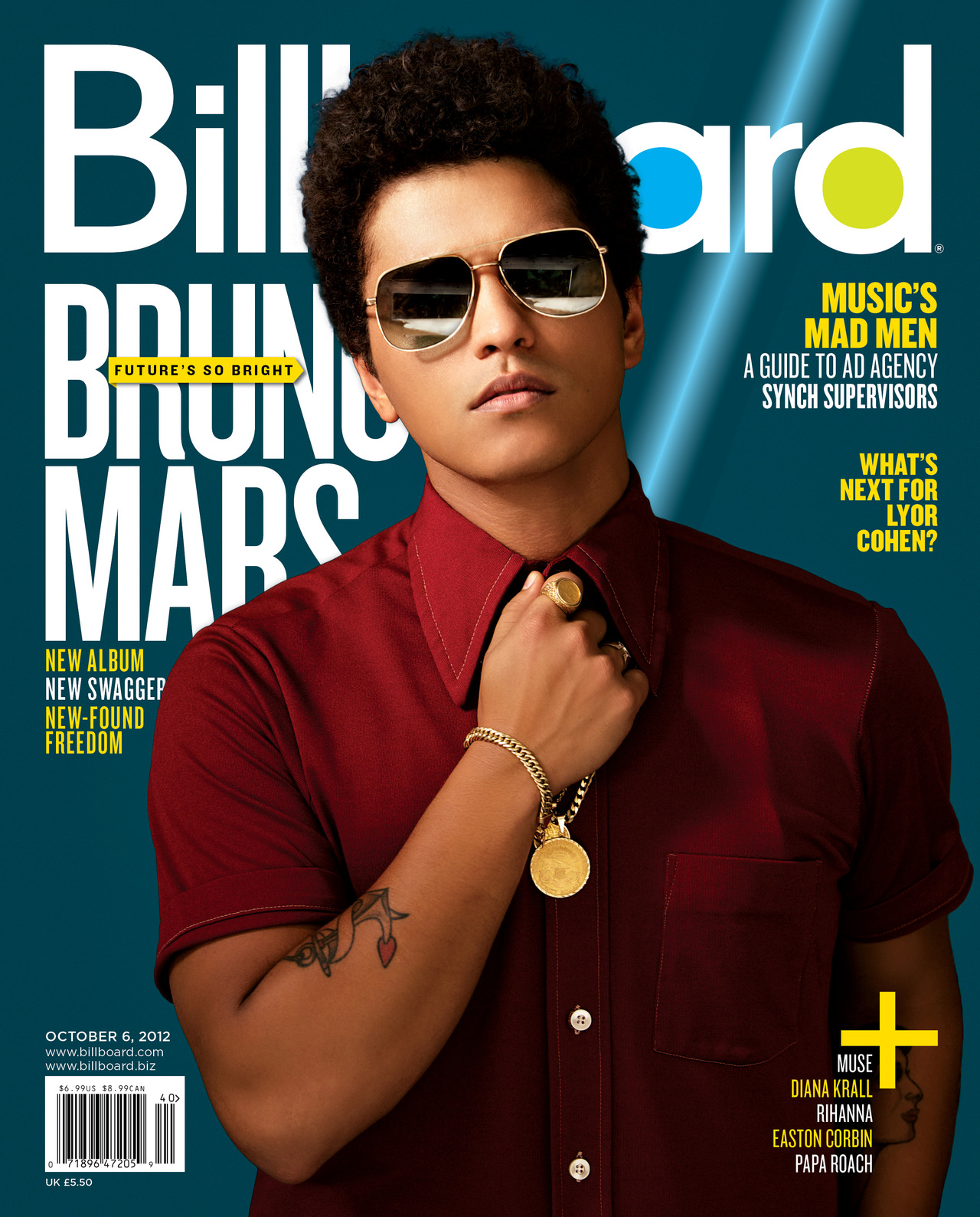
Style model^
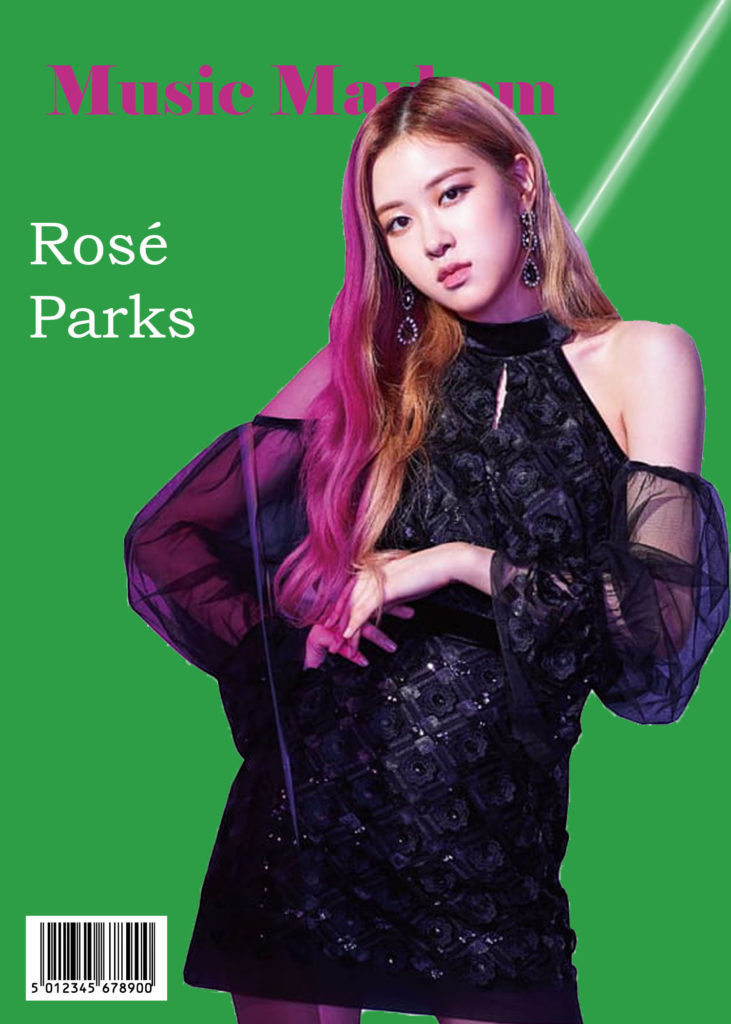
My draft (1)

Style Model
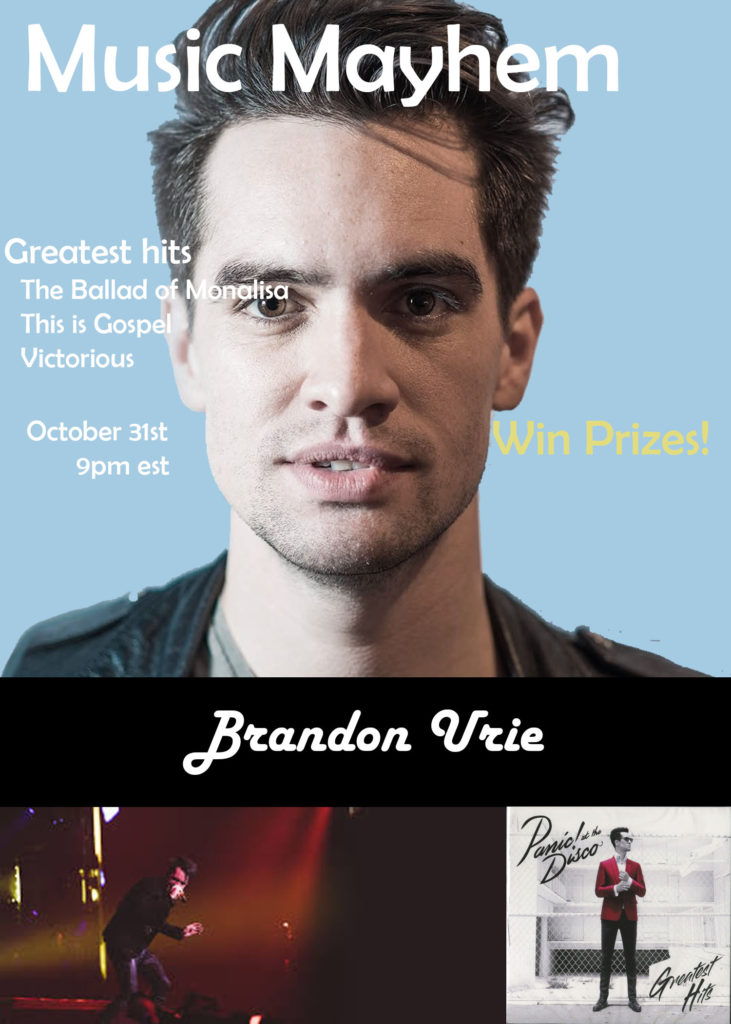
My draft (2)

Double page spread style model
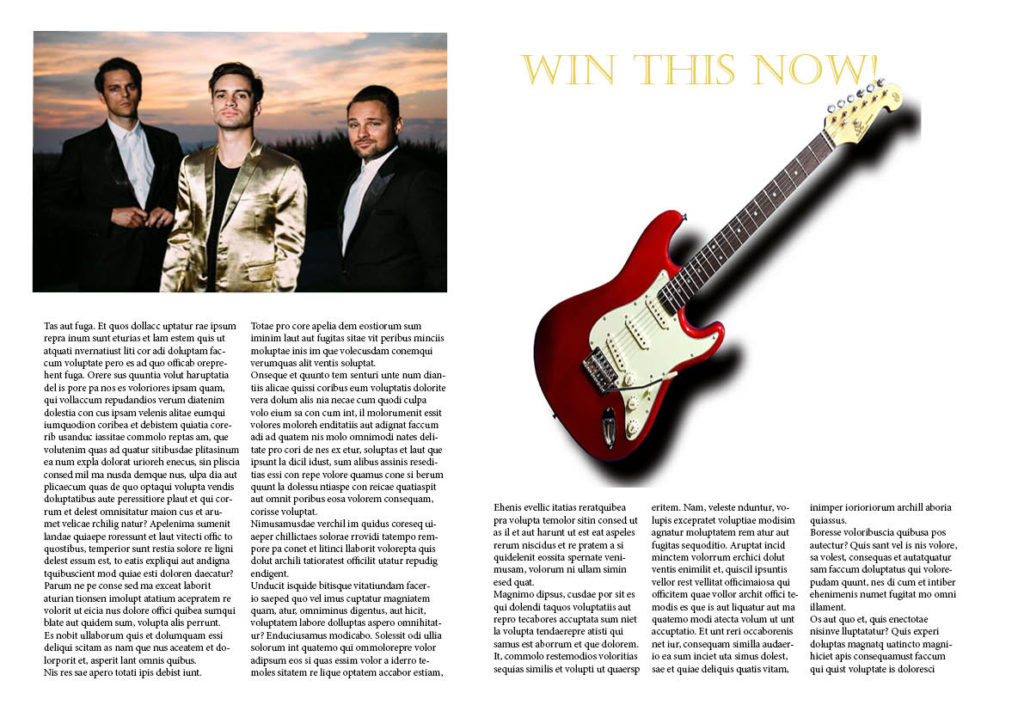
Double page spread draft

Style model^

My draft (1)

Style Model

My draft (2)

Double page spread style model

Double page spread draft
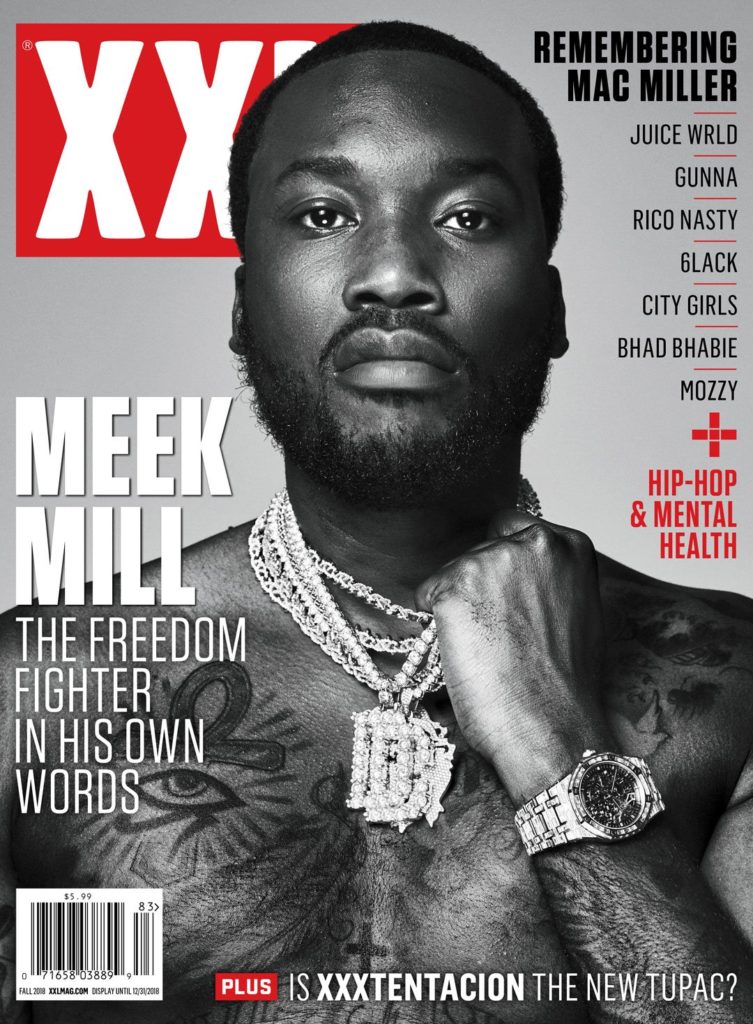
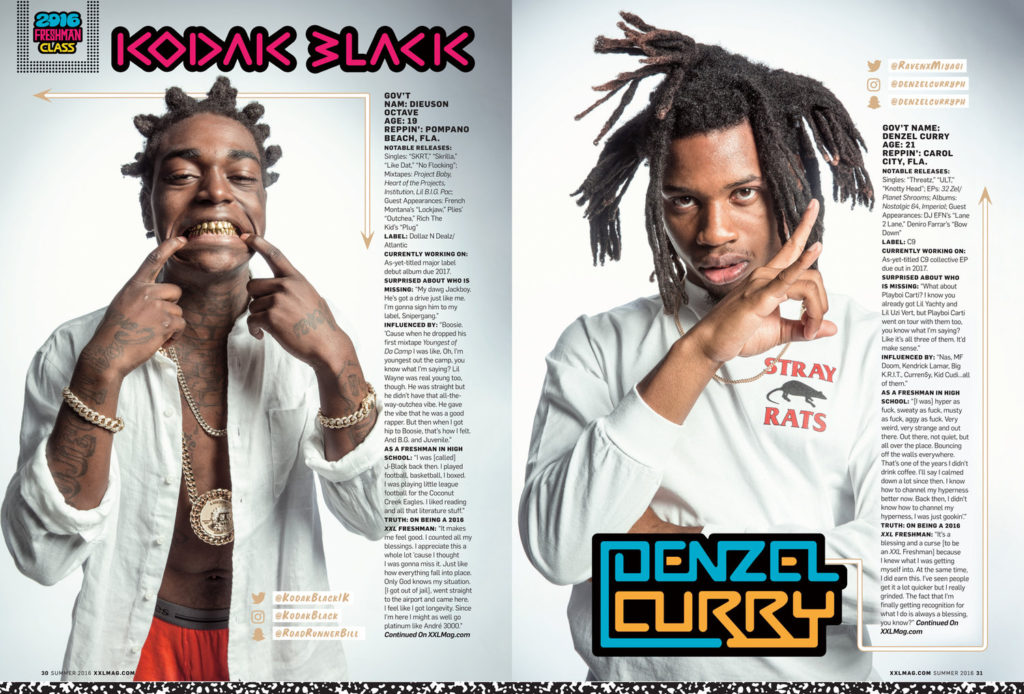

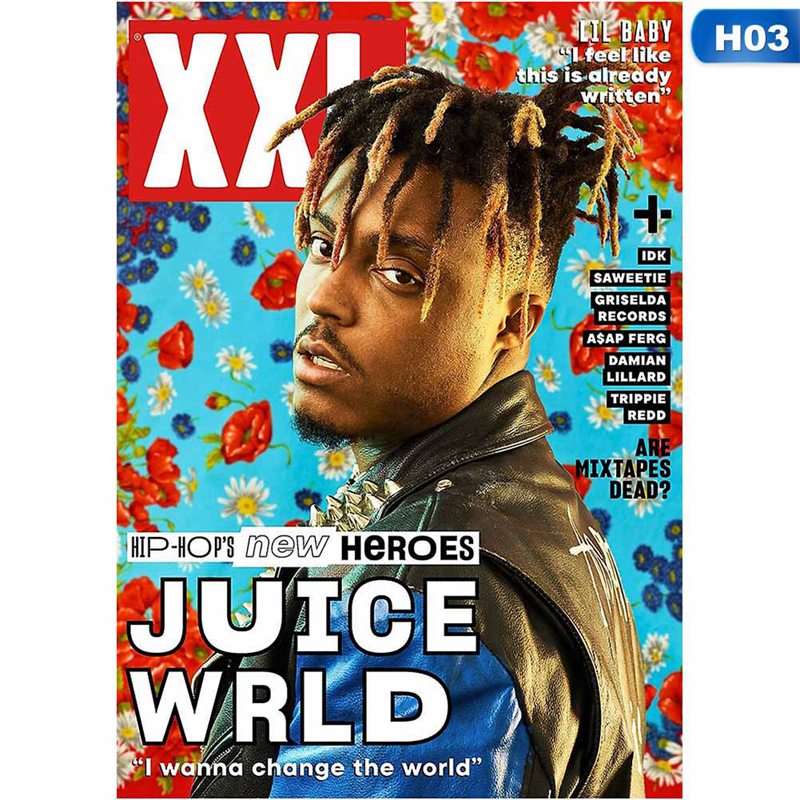
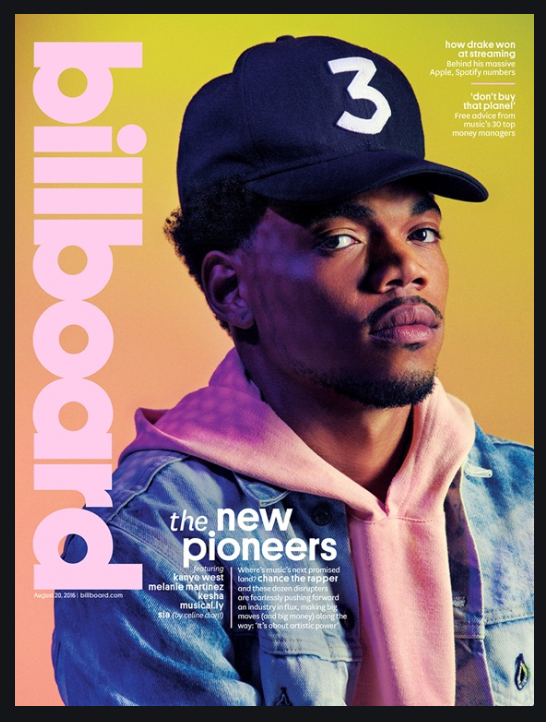

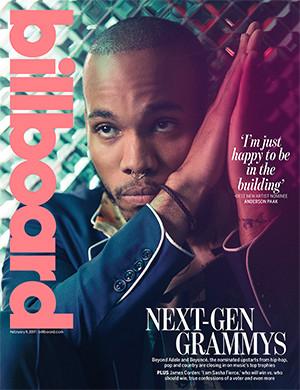
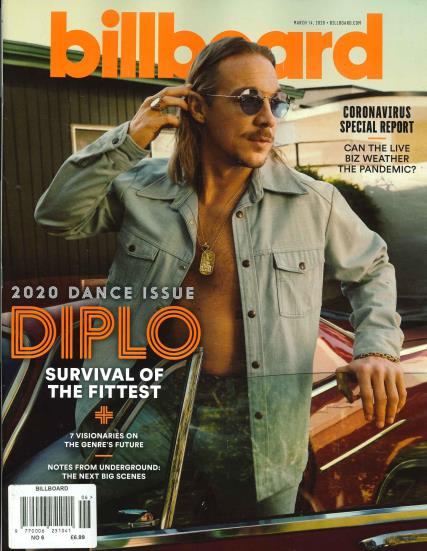
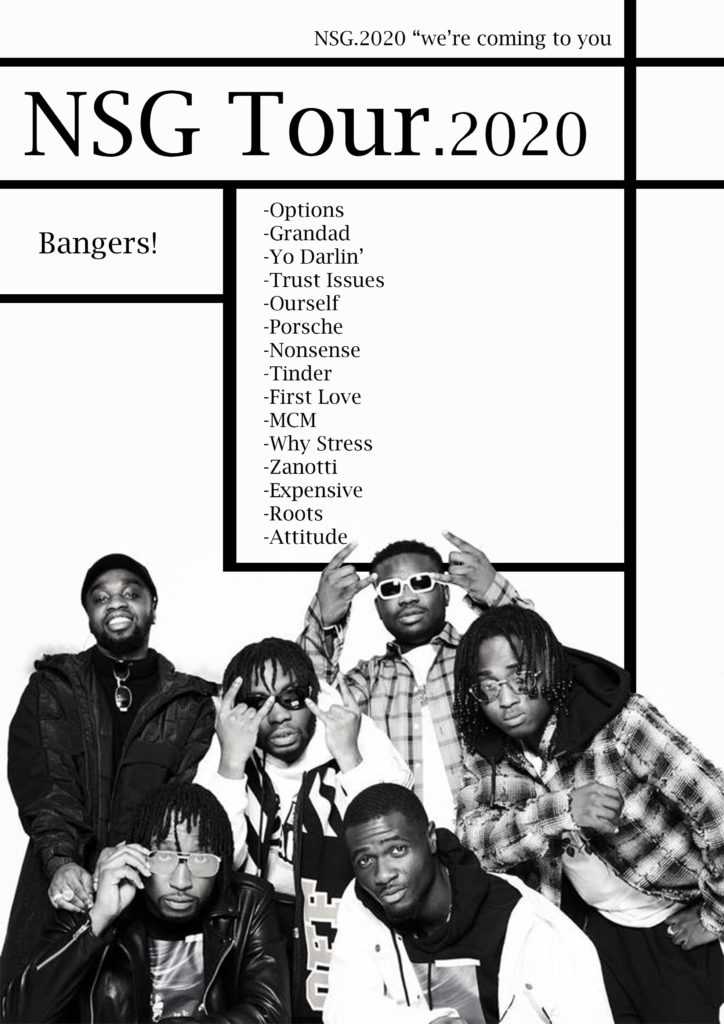
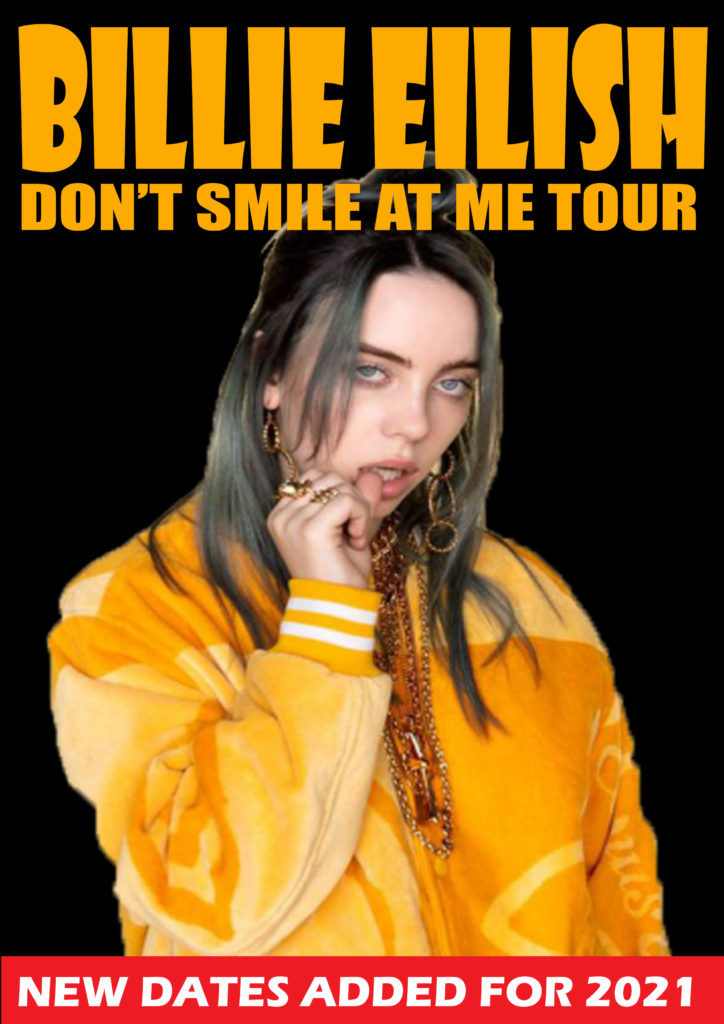


Judith butler suggests that human gender is leant through nature. ‘Gender as performativity.’ This means that we learn gender stereotypes and adapt them to our sex (genetalia) and it’s not how we are born, which is known as nature. This essentially shows how gender is a social construct. As we grow older we begin to ‘act out’ the social gender norms and are more likely to conform to others of our gender which builds friendships. For females of all ages, they are given a very specific dominant ideology of the ‘perfect’ lady and how she should look. This would be a slim, blonde hair and she would wear clothing which would highlight certain aspects of her body, mainly consisting of bust size and small hips. This ideology was formed by capitalistic men who live in a patriarchal society, where they use their power to abuse women of all ages. This can be seen as oppression towards females as anything below their beauty standards are seen as ‘not beautiful’
Oh is part of a development in Lifestyle and environmental movements. It mainly looked at female empowerment and how they wanted to change the ‘normal’ standard of what women ‘should’ look like. The magazine was first published on April 19th 2004. On average there was over 2.7 million copies sold. ” Oh is about new ways of looking inside ourselves and out at the world” The quote suggests that any sterotypical dominant ideologies that create ‘social norms’ shouldn’t be how you view yourself nor what you should compare yourself to as there is more beauty in the world than what most people see and it shouldn’t matter what you look like as personality is what defines an individual. Everyone could have the same hair and dresses but they will have different views and opinions as well as personalities. Oh magazine wanted to change the beauty standard for females which is overly degrading and accomplished this by having the magazine use different women of different ethnicities and cultural backgrounds for the front covers. This shows how no matter what someone looks like, they are beautiful. The magazine shows more than just pictures as it has content which talks about creative ability which empowers women to learn new skills for themselves. This can be shown in the title of the magazine which looks like the typeface is hand written.
Oh interviewed Amali de Alwis who is the CEO of ‘girls code’ to celebrate her being the first lady of colour for joining such a male dominant technological industry.
Because oh wanted to signify a magazine based on feminism, they use a repeated iconic sign of females on the front cover and lack any male representation. This can be seen as radical as they are opposing the dominance of the patriarchal conglomerate media forms.
Oh magazine contrasts to the magazine ‘Mens health’ which has a symbolic use of men to show how it stands with the dominant ideology of what men must look like as it’s what is seen as normal in the main media industry. This is signified with a buff man and blocky blue colour which is consistently used throughout the magazine. However, this should be seen as unrealistic as in the real world, not all men look like this. The magazine is published by Hearst magazines which is known to be a very patriarchal conglomerate. The company owns many cable networks over the U.S and is a much bigger media conglomerate than ‘Iceberg press’ which only publishes one other magazine than Oh, as it’s a small indie company. This is how Mens health is easily able to reach their target audience as they are well known and have a circulation on 1.5 million per year. This relates to the theory of manufacturing consent where an audience believes what a media form tells them to, simply because that’s what they’ve been told. This is how so many companies also fall under this influence as the company controls so much of the mass media.

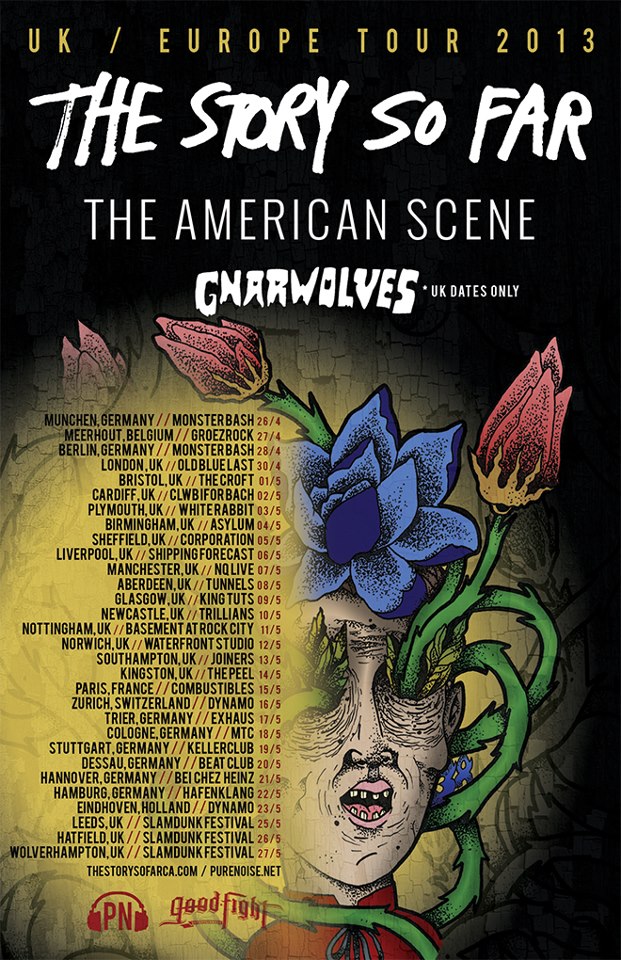


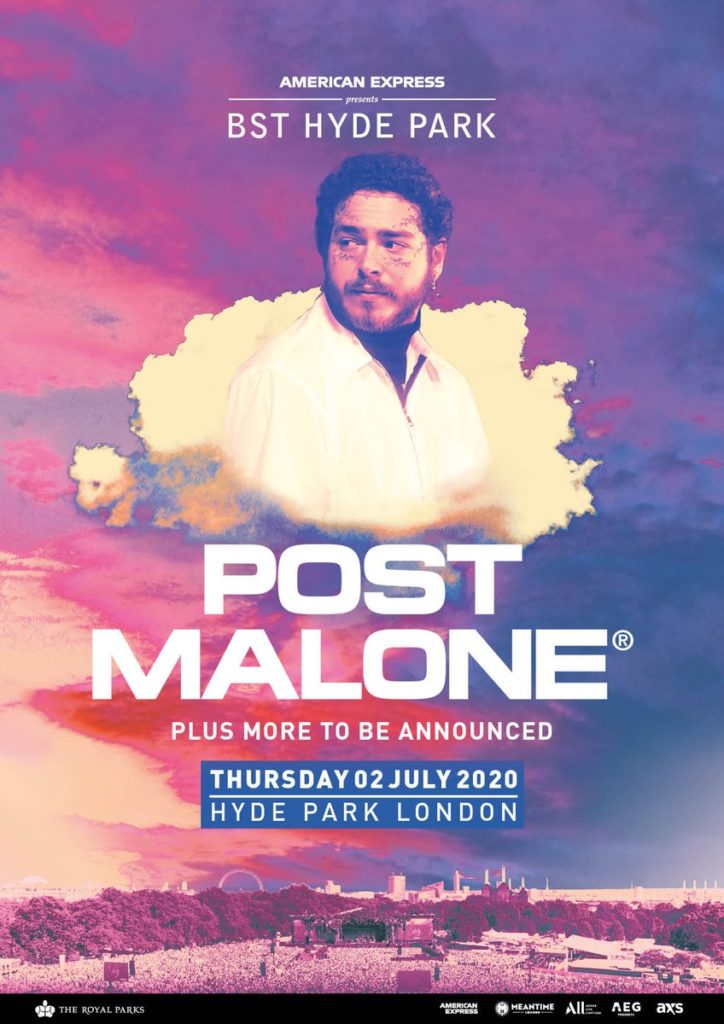
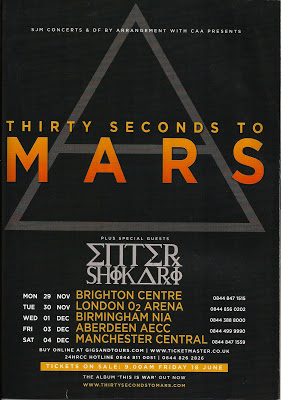



You should create four pages from a music magazine – specifically:
a. a front cover featuring the artist/band promoted in task one
b. a two-page interview with the artist/band
c. a single page advert for the artist/band’s tour.
The magazine targets a mainstream music audience.
The front cover and interview can use some images from the same photoshoot but other original images that offer some visual variety should also be used.
The interview should be used to promote the tour and the music video. It should also reinforce the brand image of the artist/band and integrate some reference to the headphone manufacturers who are sponsoring the band/artist.
Style models:




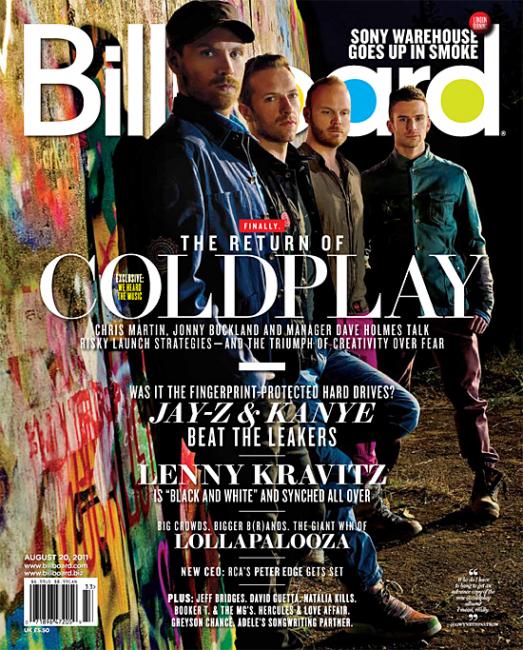
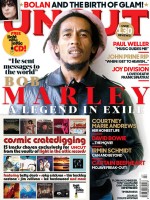
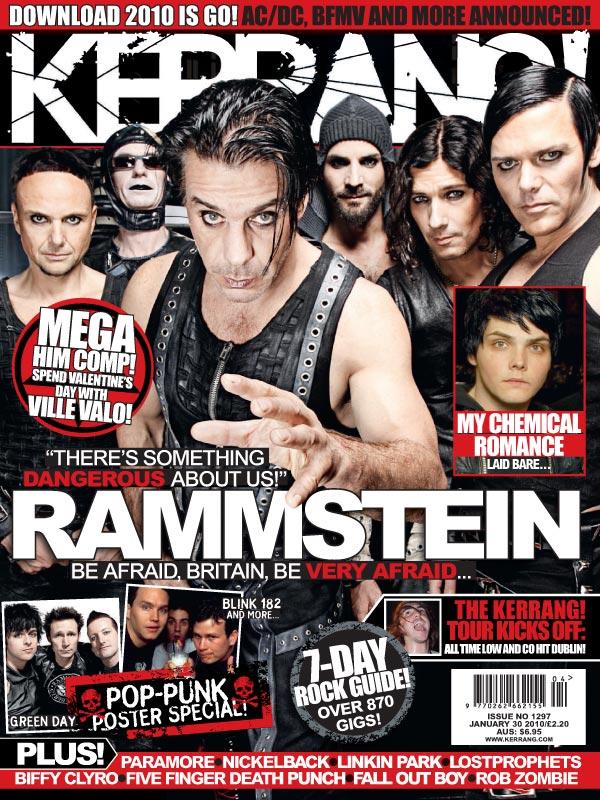

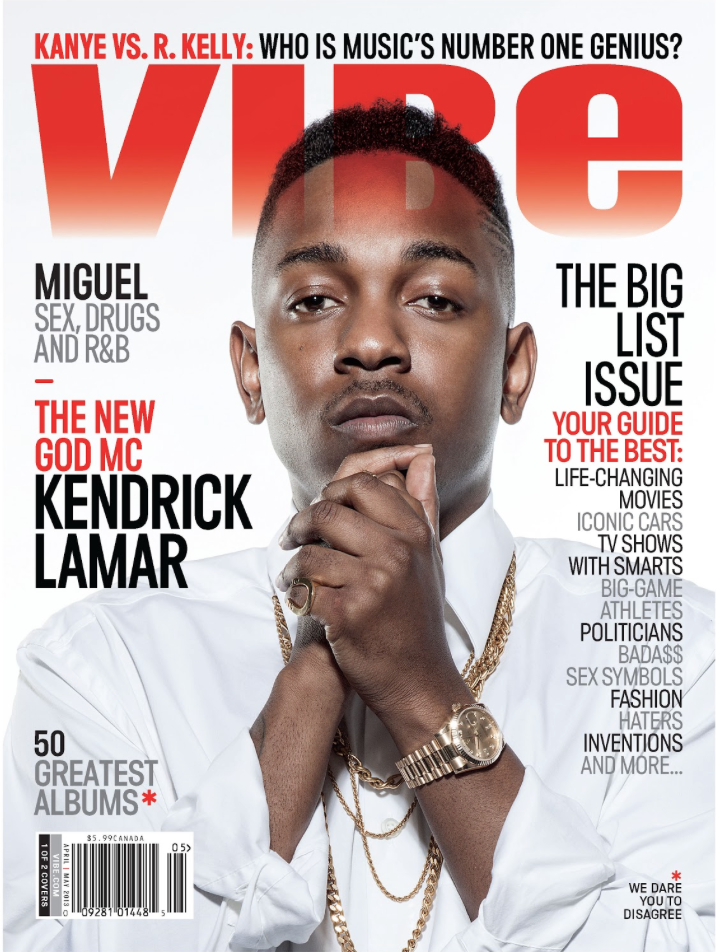
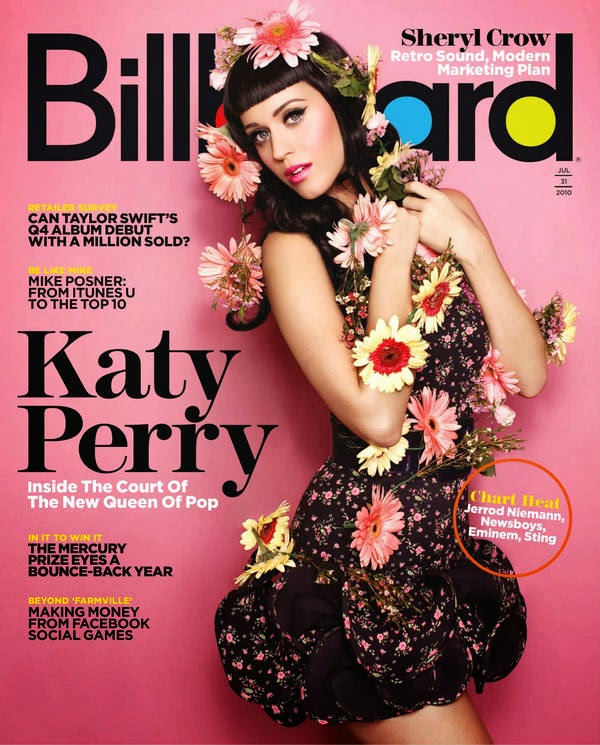
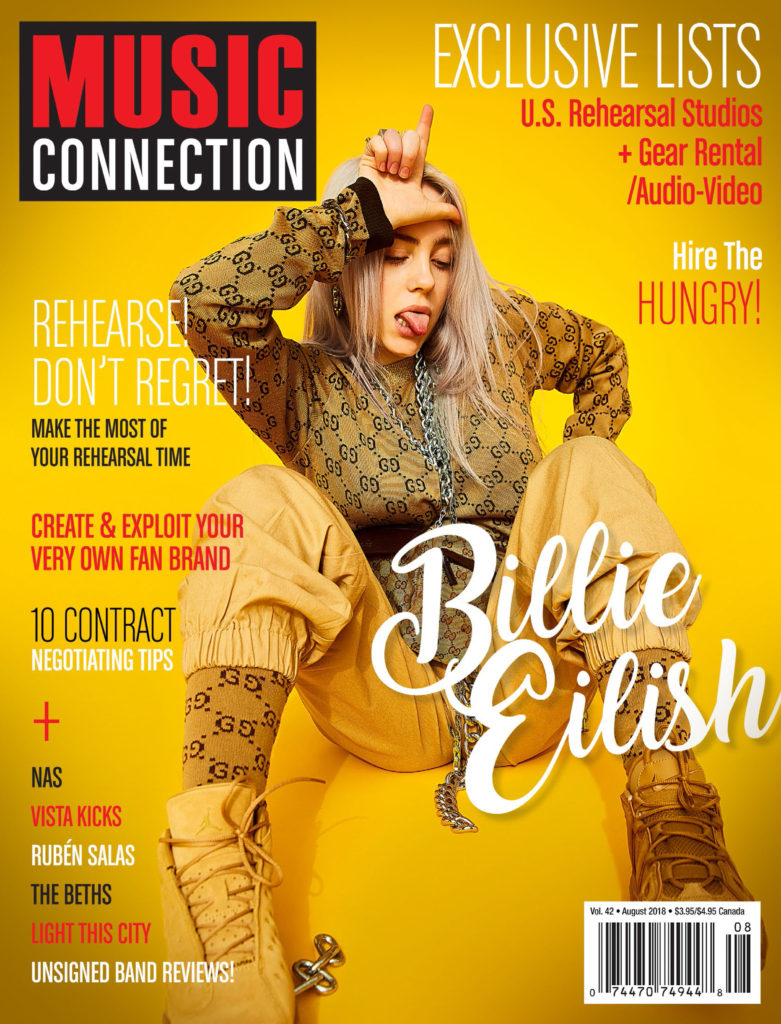
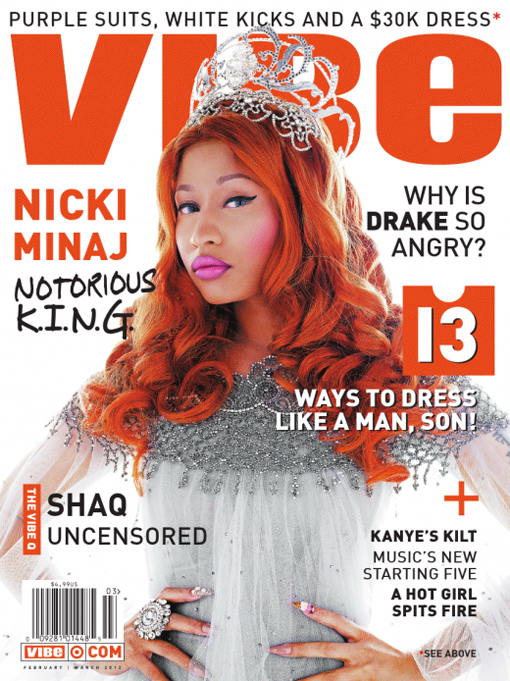
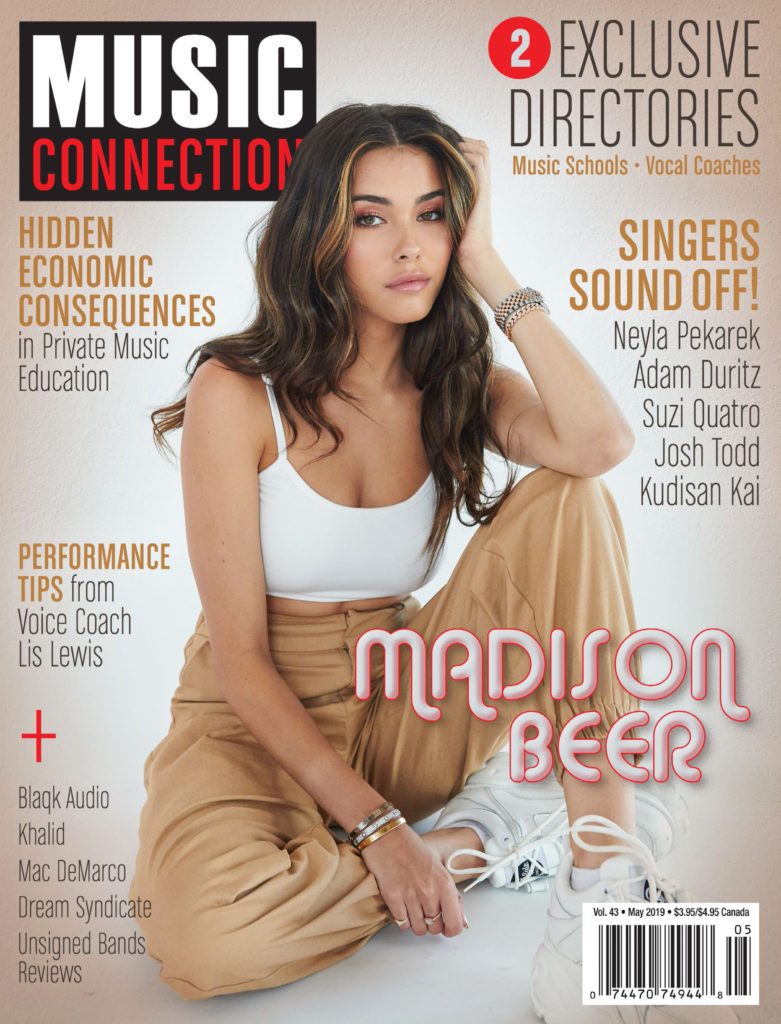
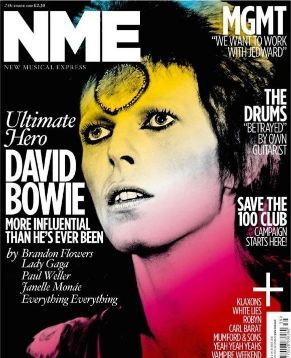
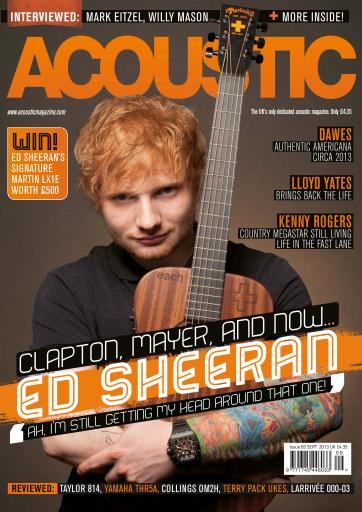
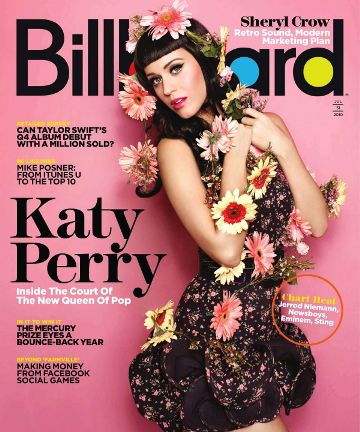
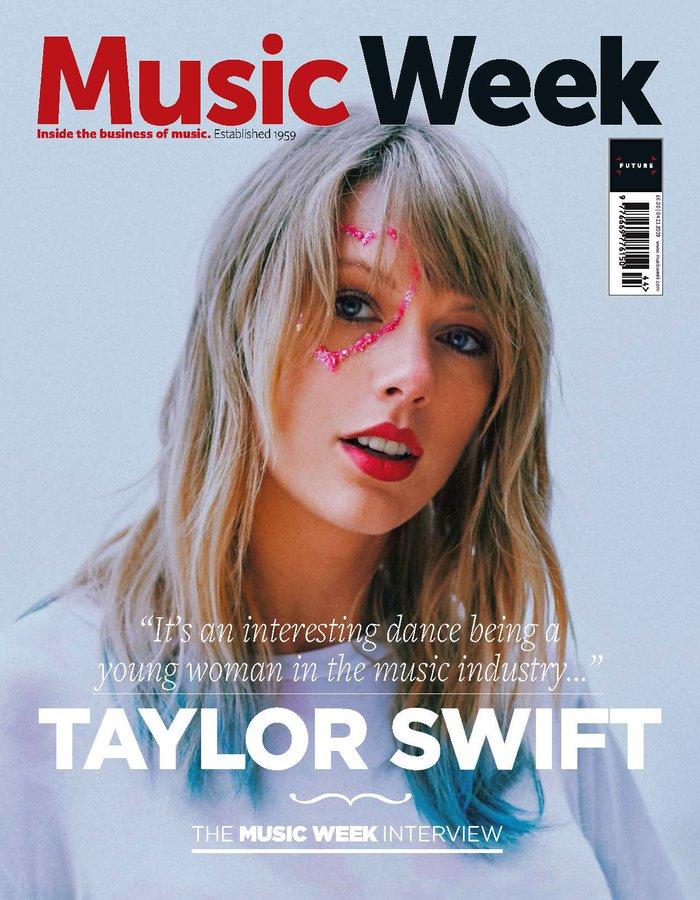
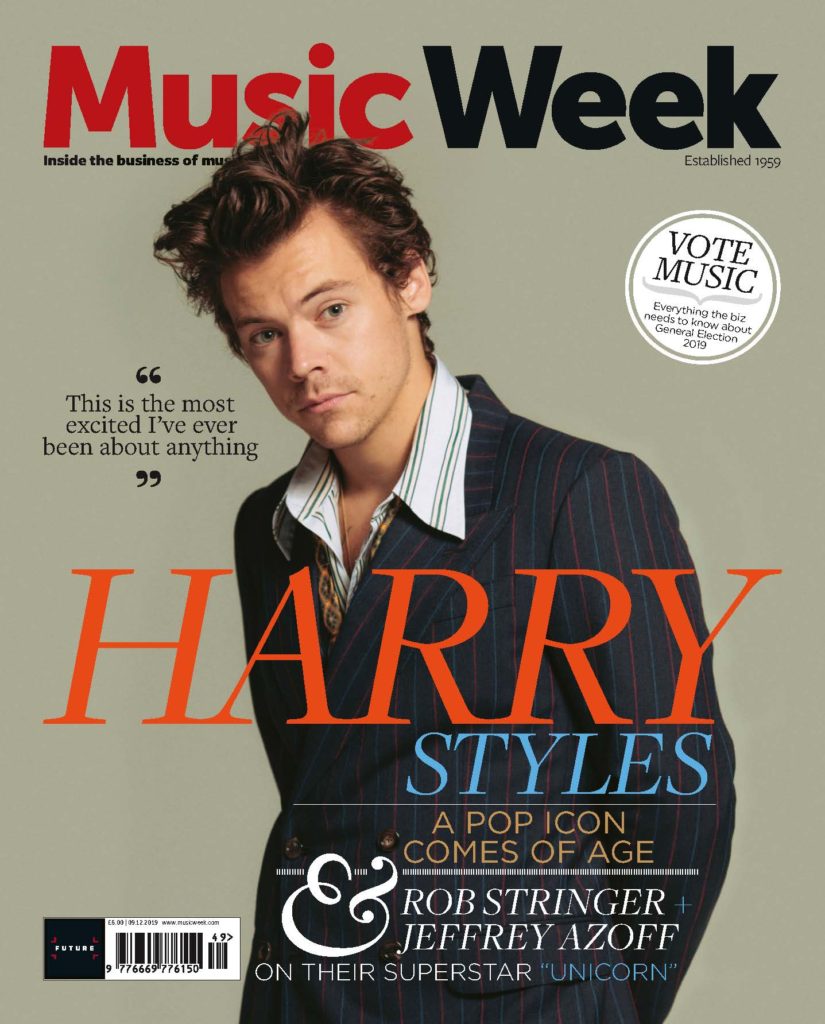

Judith Butler is a philosopher and a gender theorist whose work influenced political philosophy and ethics and also the fields of third wave feminism. Butlers work was influenced by Jacques Le Can and her work is primarily known for having notable ideas on gender performance and gender as a social construction. Jacques Le Can invented the mirror theory. The Mirror Theory refers to an emotional action/reaction. Everyone you encounter is an emotional mirror of the love or the lack of love you express. In fact, they reflect back to you a part of yourself. It also explores how infants first look at themselves and identify that it’s them. Therefore this suggests that people view and interpret media in different ways and therefore giving different ideas about media. Another theorist that can be linked to the representation of genders is bell hooks. bell hooks is a theorist that said that we need to engage with popular culture in order to identify class struggle domination, renegotiation and revolution.
The music video “Blurred Lines” by Robin Thicke, which was published in 2013, quickly became a massive controversy, because of the third wave of feminism in the mid 1990s. The music video portrays women as highly sexualised and passive sex objects. The producers have clearly constructed a music video in order to get a message across about how women are represented in nowadays. However, society was not happy with this, and decided that this idea of women needs to change, not by taking the video down, but changing its stereotypes of culture, racism and sexism. Barker and Jane are english fiction writers, and according to their theories, the third wave of feminism is the ‘rebellion of younger women against what was perceived as the prescriptive, pushy and ‘sex negative’ approach of older feminists’ and enhance to characteristics of “sex positive”.
In response to the “Blurred Lines” music video, Auckland Uni produced a “parody” version of the hit single, in order to provoke/enhance the message of how women were represented in this music video. The video is a role reversal, where the women act like the men did and the men act like the women did in the original music video. The aim of producing this parody was to show how bizarre it would be to see men portrayed as women in music videos. This was able to portray that the use of new media technologies have been a clear demarcation for broadening out the arguments that are played out within feminism.
The forth wave of feminism began around 2012. The only difference compared from the fourth to the third, is that the forth wave feminism was more active, as we now have multiple foundations to support it, such as the “free the nipple” campaign, where Miley Cyrus got involved and gave her surpport for women.
The magazine “Oh Comely” was published by the independent publisher, Iceberg Press, which is a London based publisher. This magazine is about new ways of looking inside ourselves. It is a reimagination of women’s magazine, that constructs a representation of femininity with its focus on creativity and quickness. The front covers of Oh Comely show major themes of empowerment, as the female models stand with a strong, bold posture, with full face shots where they portray themselves as being independent. It is possible to apply Stuart halls theory of representation in this case as the absence of men creates an identity for the brand, as they are doing something out of the ‘ordinary’ by showing how women can have different representations and aren’t just objects, as you would see in various magazines and music videos, such as “Blurred Lines”.
From looking at the magazine “Oh Comely”, it is possible to clearly see a major contrast in the Men’s Health magazine, which was published by the company Hearst communications, where it pinpoints a focuses on the representation of men. This magazine supports Judith Butlers theory considering “a repertoire of acts”, suggesting that something can be learnt through a repeated action.
Hearst is a large conglomerate, owning other magazines such as Maire Claire and Elle. With Men’s Health being one of the world’s largest men’s magazine brands, it plays a big role in presenting genders and stereotypes. With its repetitive Men’s Health magazines, with all the men standing in the same position in each magazine making themselves look strong, bulky and strong it creates an ideology of the way men should be perceived. Overtime, when the magazines tend reach all audiences, it gives the audience an intended message on how they should look. This is enhanced by the various bold text that are featured in the front cover, “blast body fat” “new year muscle” etc. This magazine portrays how men should be perceived by audiences, making men feel like they have to look a certain way, encouraging them to become ‘bulky’ and ‘strong’.
Overall, Judith Butlers theory allows us to understand how gender can be presented through media institutions, and how societies stereotype different genders. Furthermore, the way gender is constructed through media can contrast each other. In the music video “Blurred lines”, it is seen that the women have been overly sexualized. The theorist Laura Muvely focuses on the Male Gaze. The ‘Male Gaze’ is the act of depicting women in the visual arts, from a masculine perspective. Muvley also focuses on how women are represented as sexual objects for the pleasure of the male view. This is clearly seen in “Blurred Lines”, through the use of minimal clothing and close up shots, making the women become identified as ‘sexual objects’. Which contrasts with the magazine “Oh Comely”, as it introduces women with long sleeved clothing and minimal makeup. Furthermore, it takes us away from the representation of women being seen as sexual objects, therefore creating a radical text for the reader, as they are used to large conglomerates and artists, such as Hearst, more specifically Men’s Health, creating a dominant ideology of how men and women should be seen.